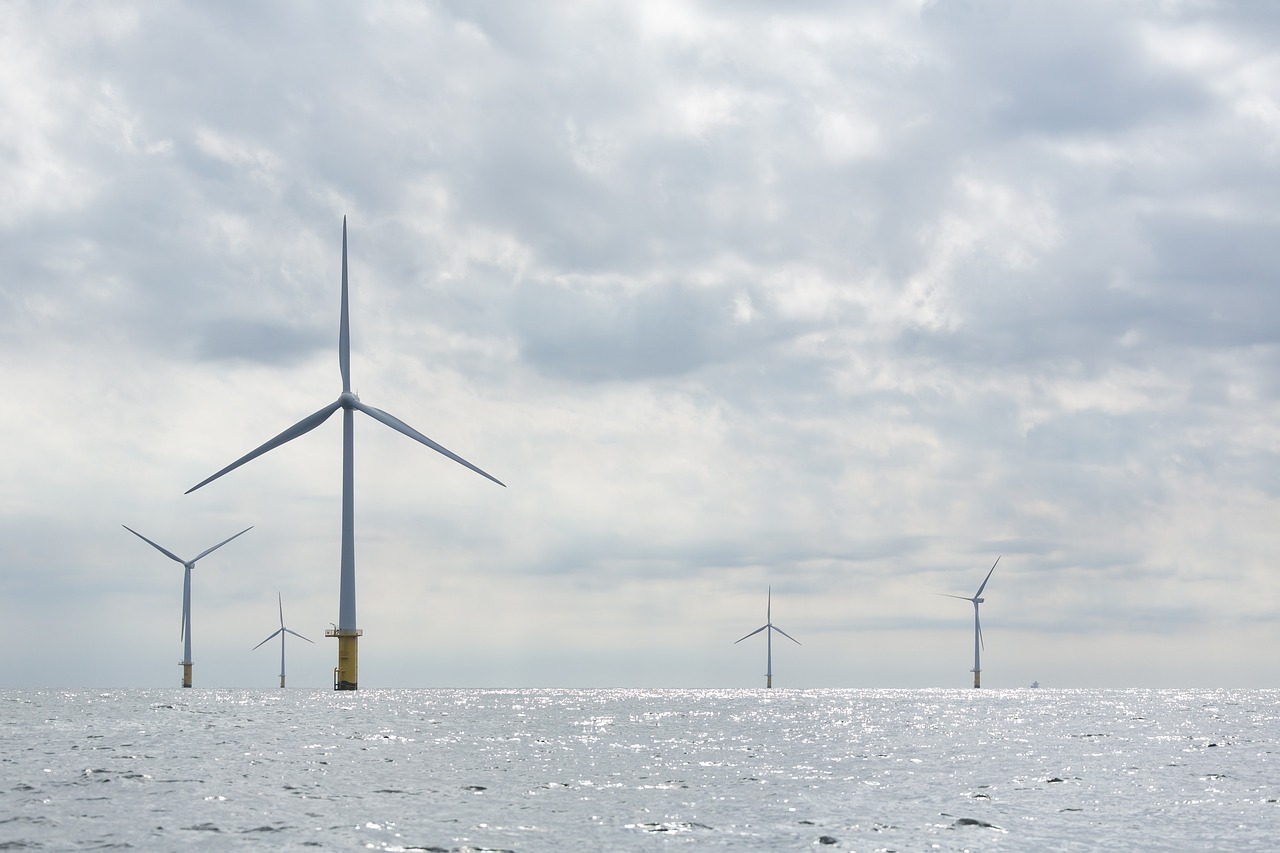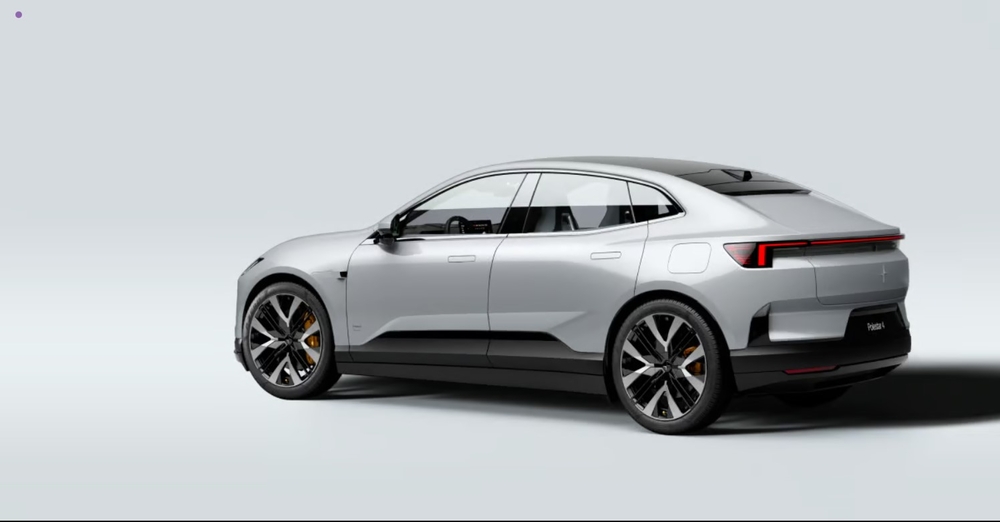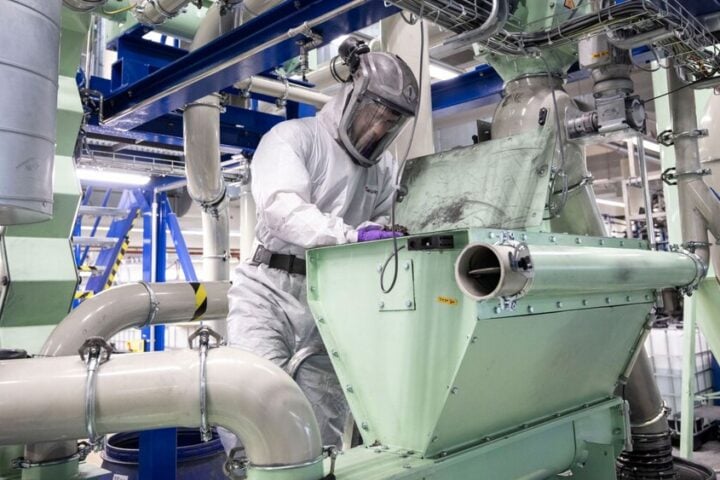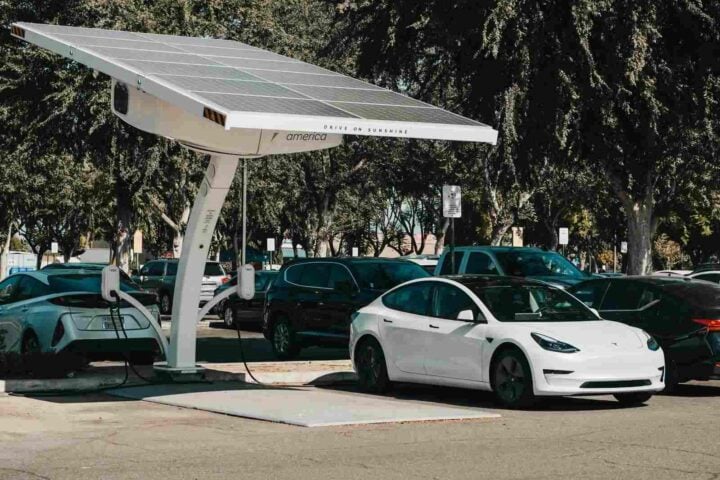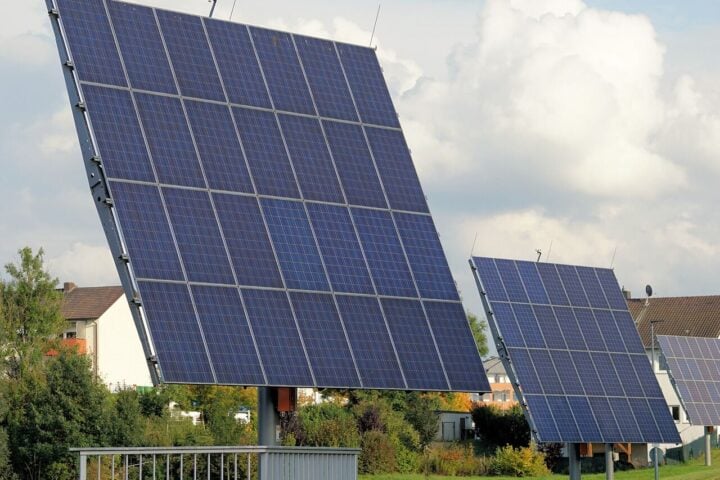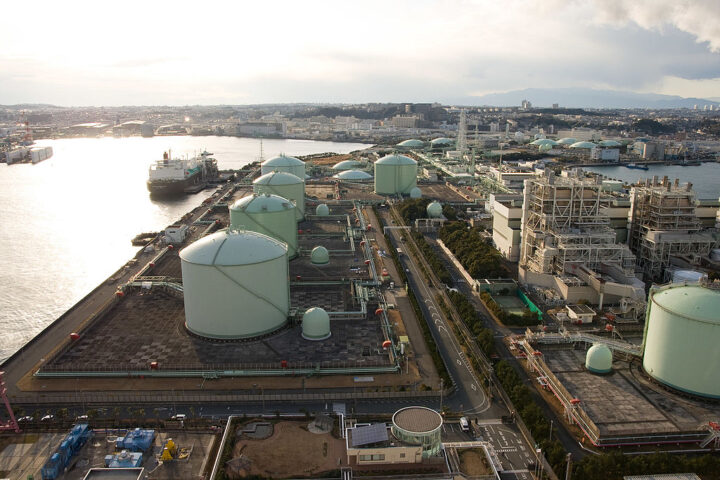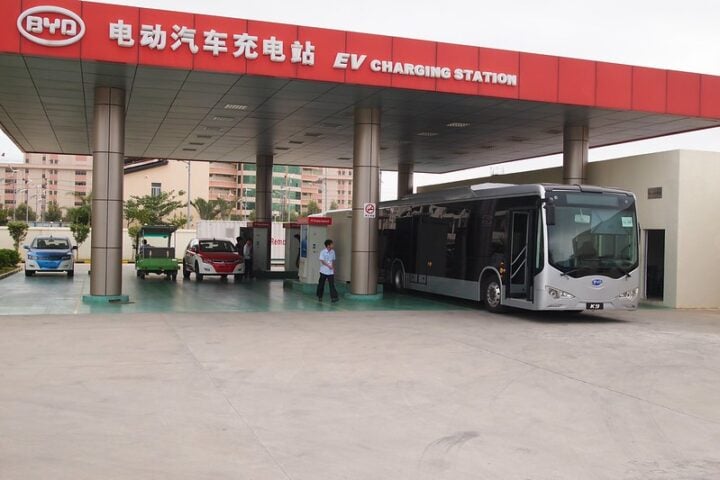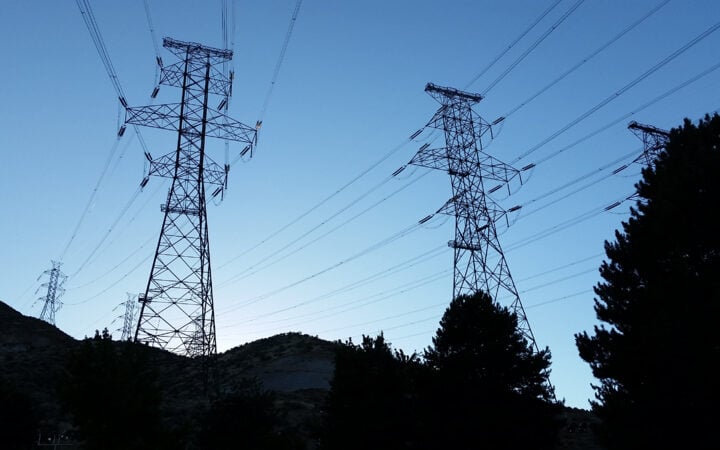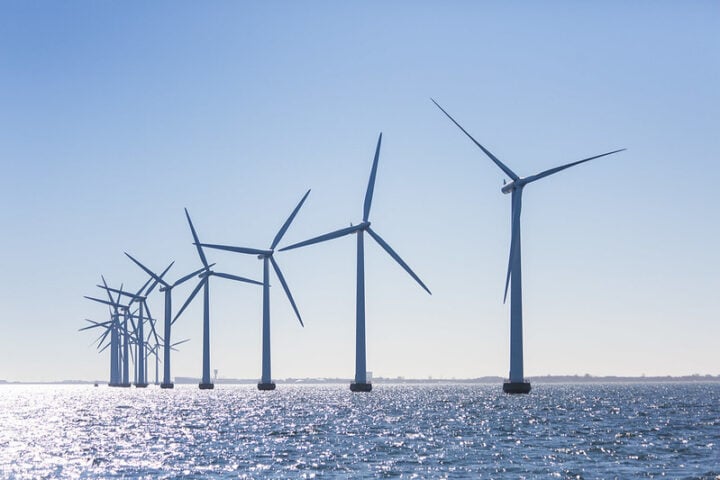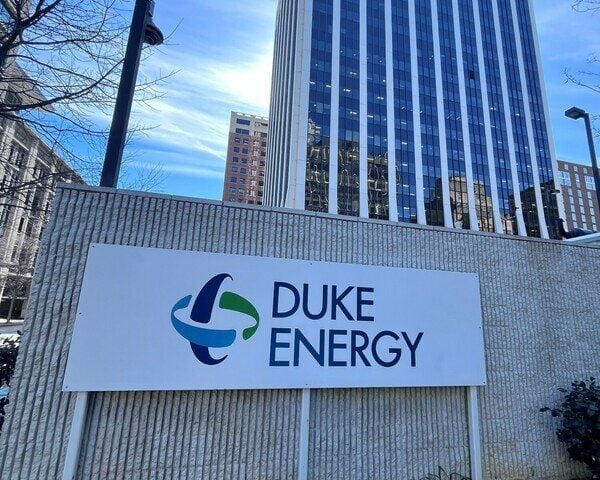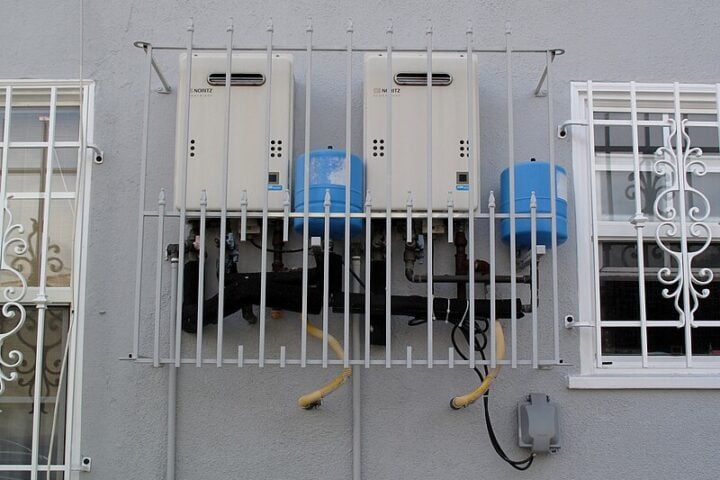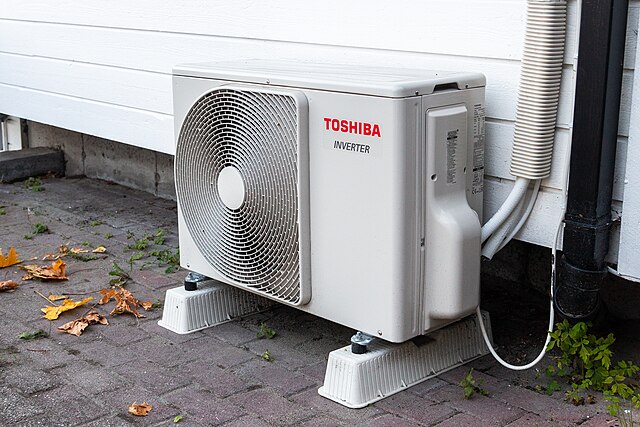The price tag on clean energy keeps dropping. Solar panels, wind turbines, and batteries will cost 2-11% less in 2025, according to new research from BloombergNEF. New wind and solar farms are already undercutting new coal and gas plants on production cost in almost every market globally.
Battery prices tell a striking story. In 2024, the cost to store energy in batteries fell by a third, reaching $104 per megawatt-hour. It’s set to drop below $100 in 2025. This matters because cheaper batteries help solve a key challenge: storing solar and wind power for when it’s needed.
China plays a big role in these falling prices. Its factories can make clean energy equipment much cheaper – anywhere from 11% to 64% less than other markets. This has led some countries to add import tariffs on Chinese products to protect their own manufacturers.
“New solar plants are now nearly as cheap as gas plants in the US,” says Amar Vasdev from BloombergNEF. “This is remarkable because US gas prices are only a quarter of prevailing gas prices in Europe and Asia.”
Solar farms show how quickly prices are dropping. Their cost fell 21% worldwide last year. Wind power is getting cheaper too, with prices expected to drop 4% this year. Solar costs will fall another 2%.
Similar posts:
Some countries worry about cheap Chinese imports hurting their clean energy businesses. They’ve put up trade barriers in response. But experts say these won’t stop the overall trend. By 2035, clean energy costs could fall between 22% and 49%.
“The overall trend in cost reductions is so strong that nobody will be able to halt it,” says Matthias Kimmel, who studies energy economics at BloombergNEF. This shift is happening because the technology keeps improving and production becomes more efficient.
China has already hit its clean energy goals years ahead of schedule. Meanwhile, solar and wind energy are scaling twice as fast in the Global South as in the Global North. In 2024, renewable energy additions grew to 600 GW.
Trade tensions haven’t stopped this progress. While countries like the U.S. and European nations have imposed tariffs on Chinese imports, the industry keeps finding ways to cut costs. Better technology and increased manufacturing capacity mean prices continue to fall.
These changes will affect energy costs worldwide. As clean energy gets cheaper, it increasingly competes with traditional power sources in nearly every market. This shift is happening worldwide, despite political debates and trade disputes.
